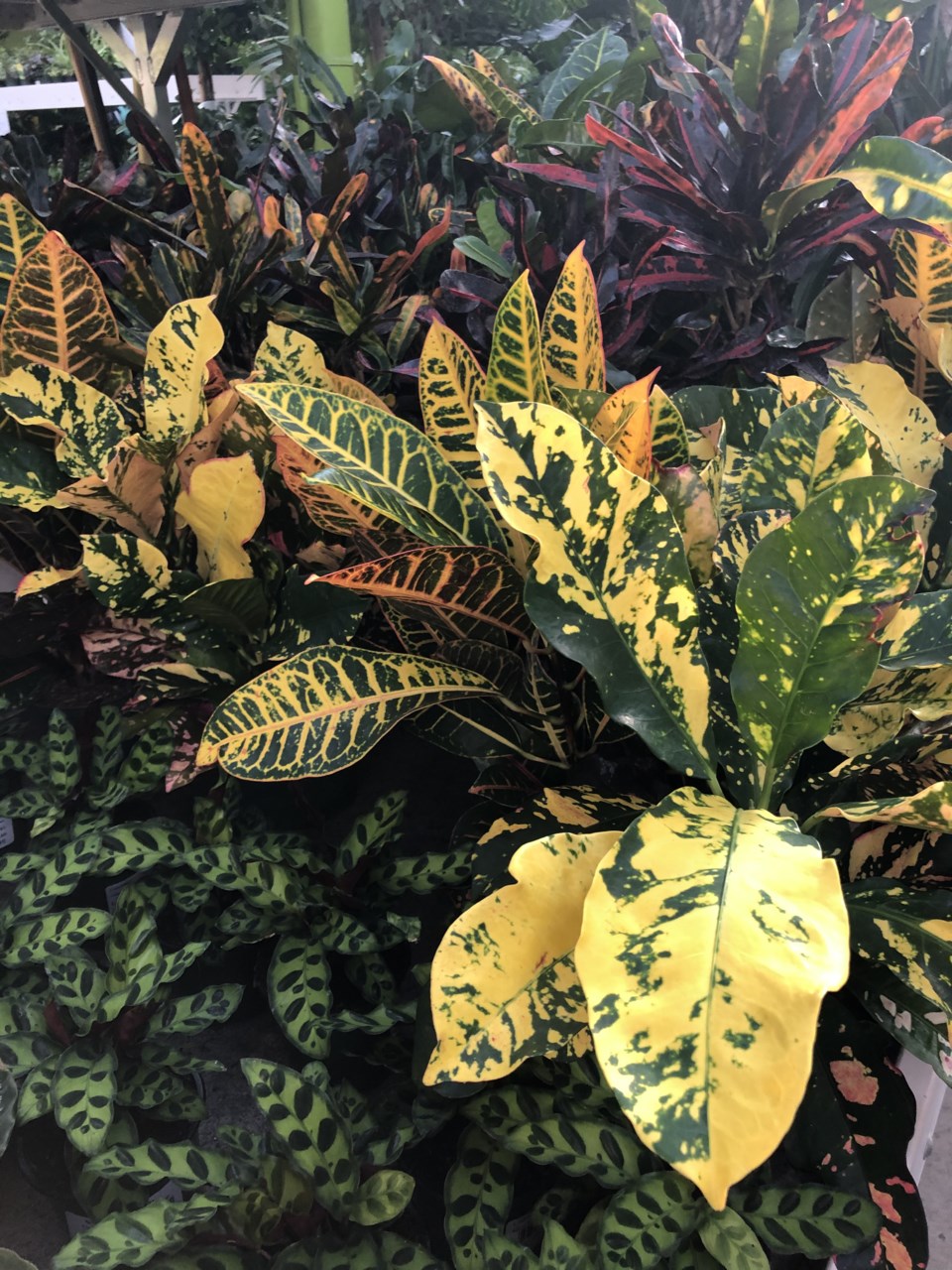The following column was submitted to the Tri-City News from Brian Minter — master gardener, best-selling author, Order of Canada recipient and co-owner of Minter Country Garden Store.
As much as we love indoor plants in our homes to give us a lift, winter is a difficult time of the year for them.
The warmth from heaters and fireplaces causes low humidity.
The short daylight hours and poor light quality during rainy weather are challenges too.
As we inch along every day with increasing light, it helps, but there are several important things we can do to improve the indoor conditions for our plants.
One of the most important, yet often overlooked, ways of helping our plants is to change the air inside our homes when we get those few rare, nice days.
Open windows, even for a short while, to get some fresh air inside! A fresh supply of air is essential for plants, especially at this time of year.
Even on the coldest days of winter, we always open the air vents of our greenhouses, during the warmest part of the day, to allow an exchange of air.
The movement of air is also critical to prevent mildew and other fungal diseases. Many folks simply switch on the summer fan in their furnace, but a small circulatory fan can do the job nicely. With both fresh air and air movement, you, too, will find the atmosphere in your home feels better.
It is also time to give your plants a good shower. Any dust that has collected on them creates an ideal breeding ground for pests.
Washing it off with a soft, warm shower is one of the best things you can do. Don’t get the soil saturated, just wash the foliage. (This only applies to smooth leafed plants, not to violets and other flowering plants.) Your plants will be clean and fresh, and the moisture will discourage spider mites.
It might also be a good idea, once the plants are in the shower area, to spray them with a safe, organic pest control, such as Safer's Soap or a mild application of horticultural oil. Preventative organic programs, when used on a regular basis, will catch most pest problems.
Almost all our plants should be near windows that face any direction. Adding extra lighting for 16 hours a day from grow lights will also promote more vegetative growth on many plants.
Proper watering is the most critical factor for the survival of all your plants. The only true way of telling if a plant needs water is by lifting the pot and feeling its weight. If the pot feels light, the plant needs water; if it feels heavy, do not water. At this time of year, you may need to check your plants only weekly to determine if they need watering. When you do water, really soak your plants thoroughly with warm water, then let them dry out.
I’m surprised so many folks are wanting to transplant their indoor plants to larger pots at this time of year – please don’t! Plants love to be rootbound in a smaller container, so no repotting should be done until at least mid-April when the growing cycle returns, and only if they are truly rootbound.
Plants that are under severe stress should be covered loosely with a clear, lightweight poly bag to create a micro-climate. Placing three or four bamboo stakes in the pot will help keep the poly off the leaves. Mist the plant frequently to increase humidity. You will be surprised to see how this treatment will improve the condition of your plants. This is especially true for citrus, which need to be cool, have lots of light and the soil kept dry.
This is one of the most difficult times of the year for our indoor plants. Please give them the attention they need now to get them through the rest of winter, so that come spring, they will bounce back with full, lush, healthy growth.




